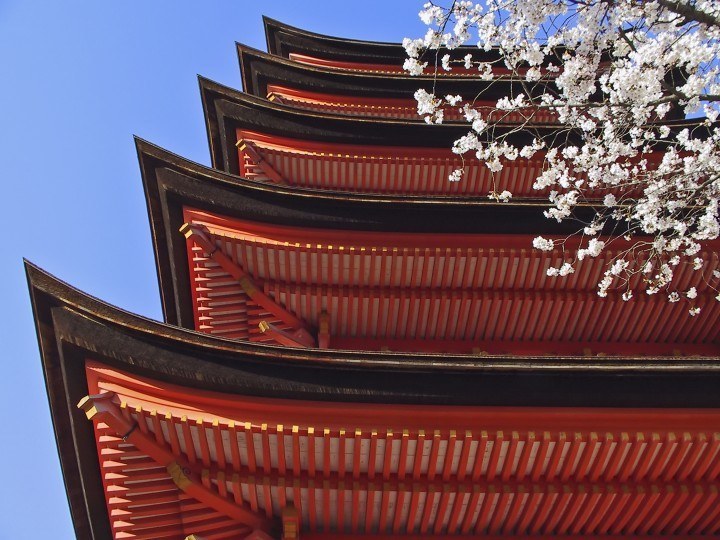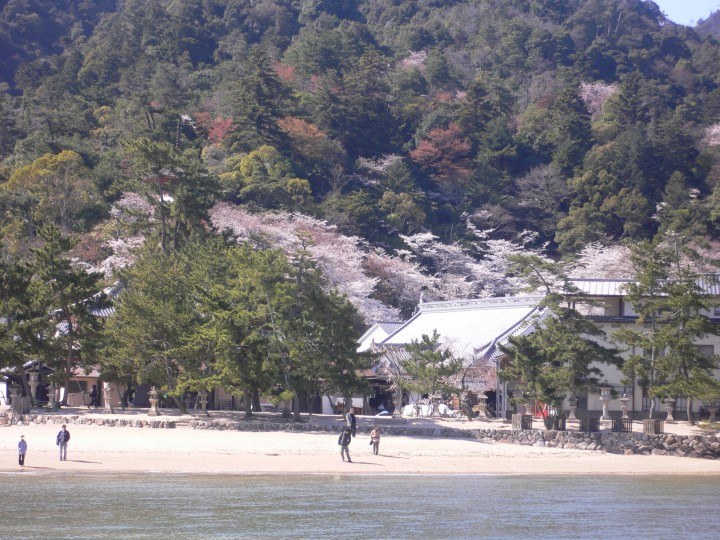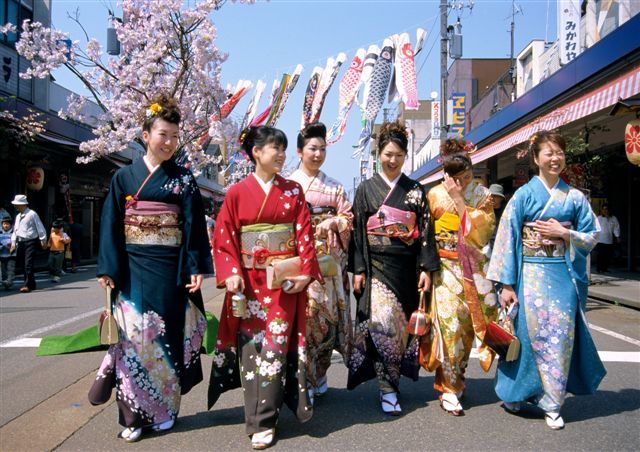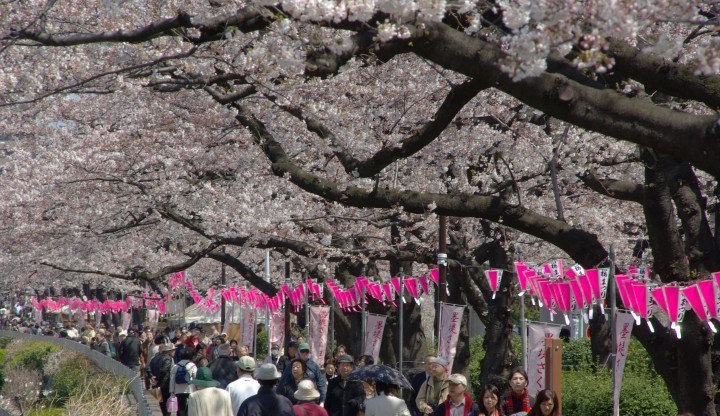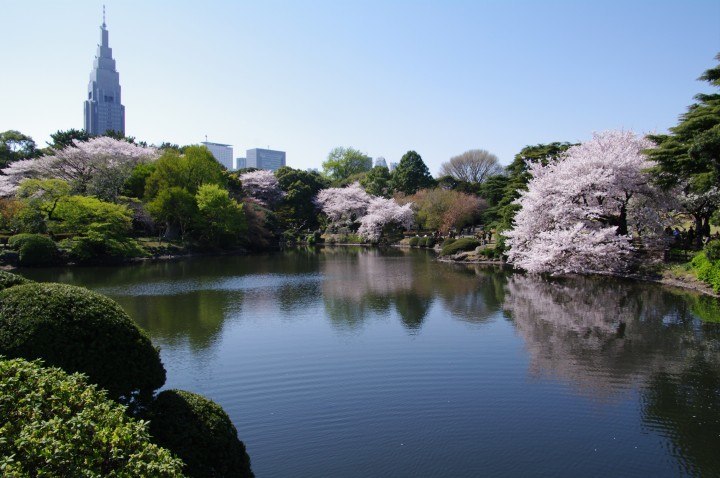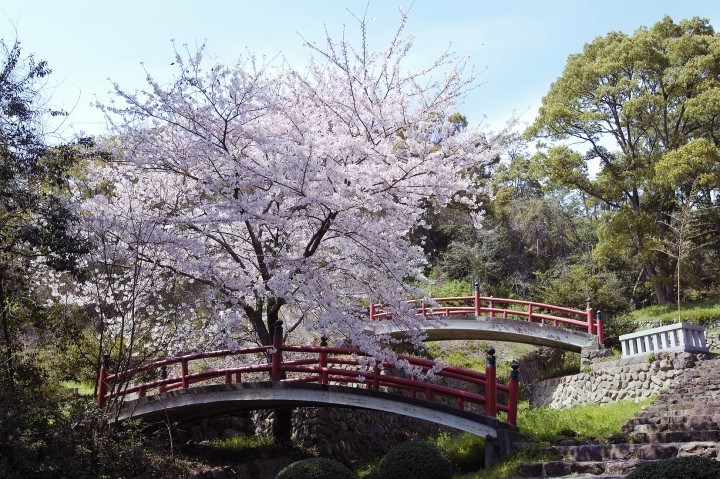Like this post? Help us by sharing it!
 After a long absence, the mysterious Dr. Kanji returns with musings about the Japanese language and comments on its use and evolution in the modern Japanese language that we can read, write and hear today ….but who is this doctor of the Chinese character?
After a long absence, the mysterious Dr. Kanji returns with musings about the Japanese language and comments on its use and evolution in the modern Japanese language that we can read, write and hear today ….but who is this doctor of the Chinese character?
The mystery of Dr Kanji is on a par with the whereabouts of Lord Lucan, who shot JFK and the man behind the mask of wrestling legend, Kendo Nagasaki. Perhaps we will never know….We hope to pick up the kanji comments from Dr Kanji every-now-and-then, but today the doctor talks about one popular character from early spring.
One of the most popular events of the Japanese calendar is the coming of the cherry blossom or ‘sakura’. The tradition of ‘Hanami’ or flower viewing parties has been around for hundreds of years dating back to the Heian period (794-1185) when haiku would be written about the beautiful sakura petals. Although the blossom itself has not changed, the kanji character has evolved over the years.
Current kanji for sakura – 桜
Old kanji for sakura – 櫻
This old character consists of three parts – The characters for wood, shell and woman are all represented here.
In ancient China, people compared the beauty of cherry blossom fruits to that of a shell necklace around a women’s neck which is how the old kanji was created.
The most common sakura in Japan is that of the Somei Yoshino variety. Although it rarely produces fruit the pale blossom is considered the most beautiful and was developed as a hybrid plant by gardeners in the old Somei village (now part of Tokyo) during the Edo Period (1603-1868). The blossom front sweeps from the south through to the north from February in the subtropics to May in Hokkaido but the peak on main land Japan is in late March and earl April.
Another great insight to the crazy world of the Japanese language from the mysterious Dr. Kanji…until next time….we hope….


